Pose type Restorative | ||
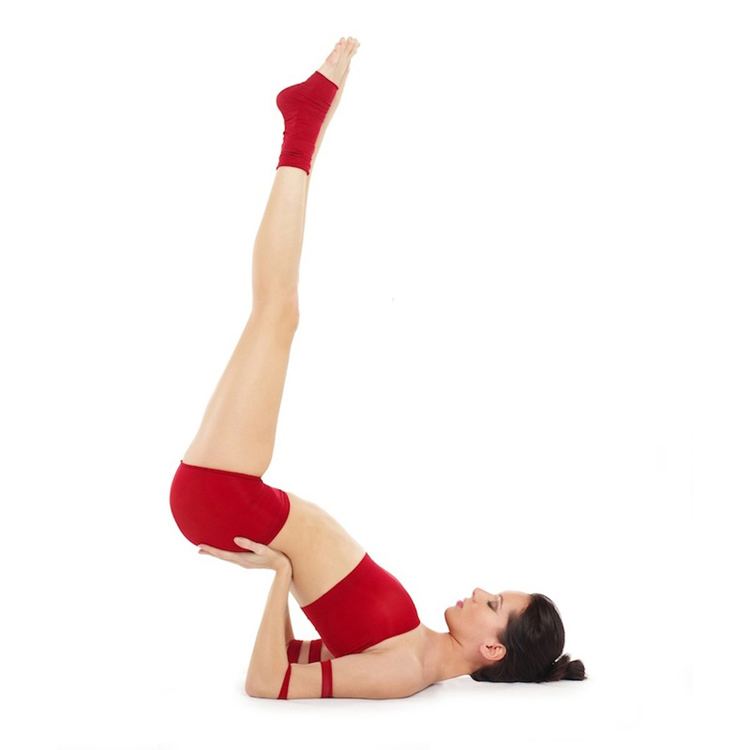 | ||
Note Consult a doctor before beginning an exercise regime Stretches Front torso, Back of the neck, Back legs Preparatory poses Uttanasana, Virasana, Supta Baddha Konasana, Setu Bandha Sarvangasana Follow-up poses Shavasana, Sitting pranayama Also known as Upside-down seal, Legs-up-the-wall pose Similar Dandasana, Sarvangasana, Dwipāda Viparita Dandāsana, Baddha Koṇāsana, Halasana | ||
Restorative yoga legs up the wall pose aka viparita karani
Viparita Karani (Sanskrit: विपरीतकरणी ; IAST: viparītakaraṇī) literally Upside-Down is considered alternately as an asana or a mudra in haṭha yoga.
Contents
- Restorative yoga legs up the wall pose aka viparita karani
- Restorative yoga pose how to do viparita karani legs up the wall with anamargret sanchez
- Etymology
- Description
- References
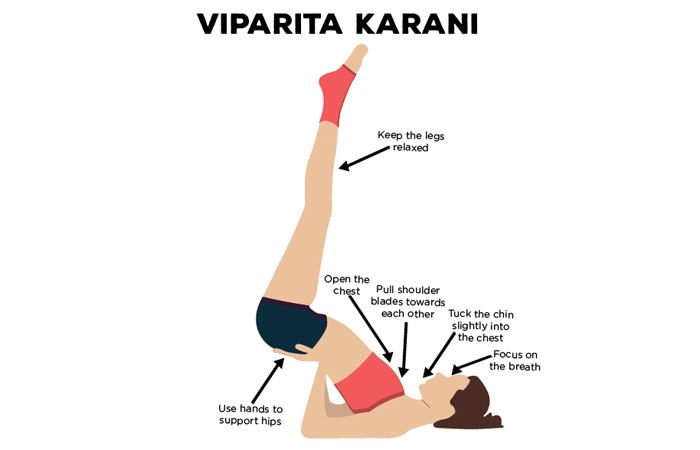
Restorative yoga pose how to do viparita karani legs up the wall with anamargret sanchez
Etymology
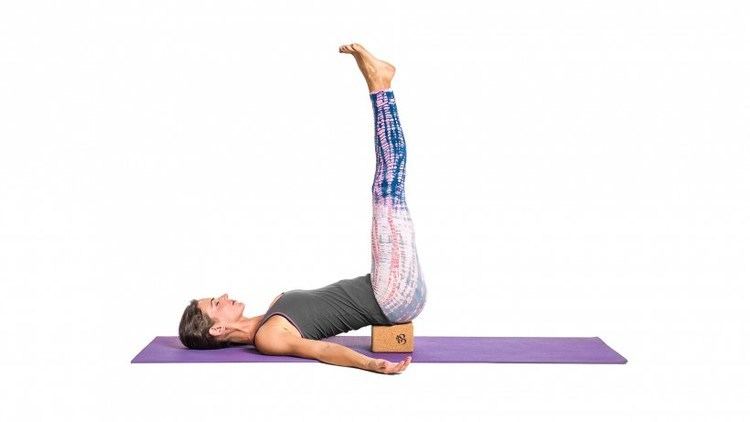
The name comes from the Sanskrit words viparita meaning "inverted" or "reversed", and karani meaning "doing" or "making" and asana (आसन; āsana) meaning "posture" or "seat".
Description
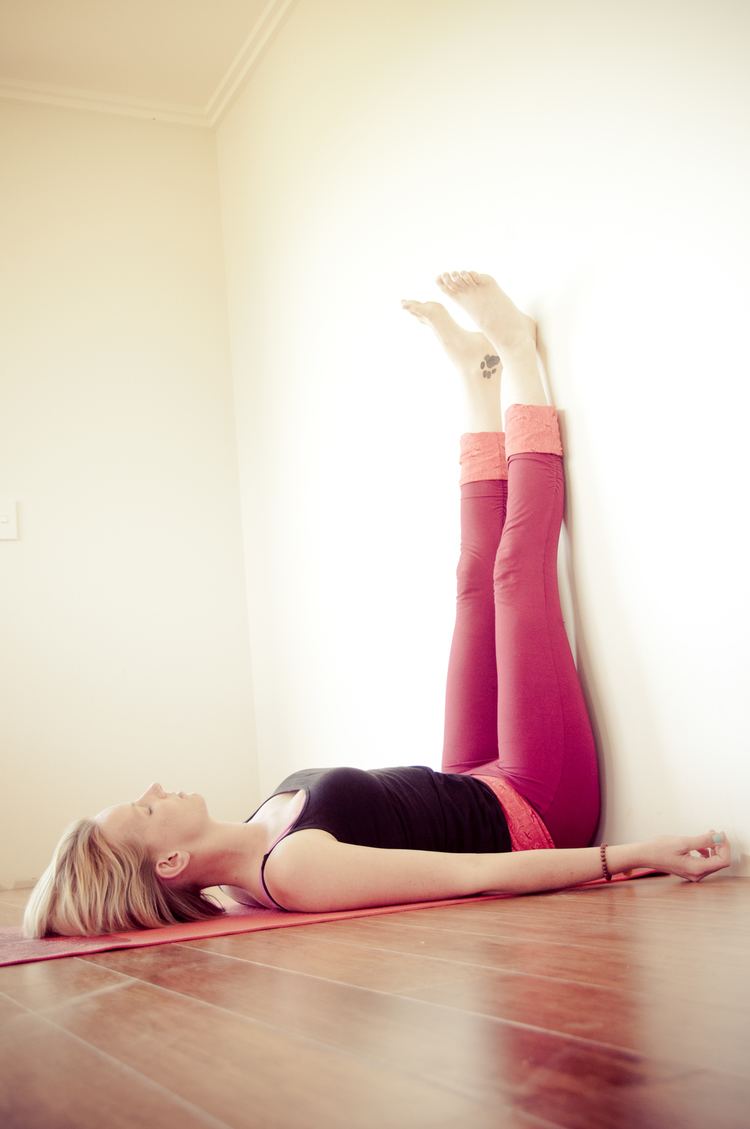
Viparita Karani refers to any practice where one is upside down. This can include the asanas of shoulder stand (sarvangasana), headstand (sirsasana), or handstand (adho mukha vrksasana). In the hatha yoga pradipika, as in most classical texts on haṭha yoga , viparita karani is listed as a mudra (HYP III.7), meaning its purpose is for the directing of energy or kundalini upwards within the body (HYP III.5) as opposed to asanas which are used in the Hatha Yoga Pradipika to create steadiness (HYP I.19).
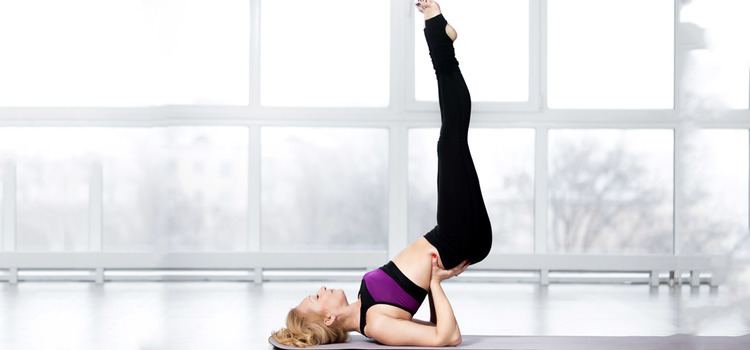
In one popular expression of viparita karani as an asana in modern postural yoga, it resembles Salamba Sarvāngāsana (supported shoulder stand) but with flexion in the thoracic spine (rather than the cervical spine, elbows on the floor and hands supporting hips or lower back.
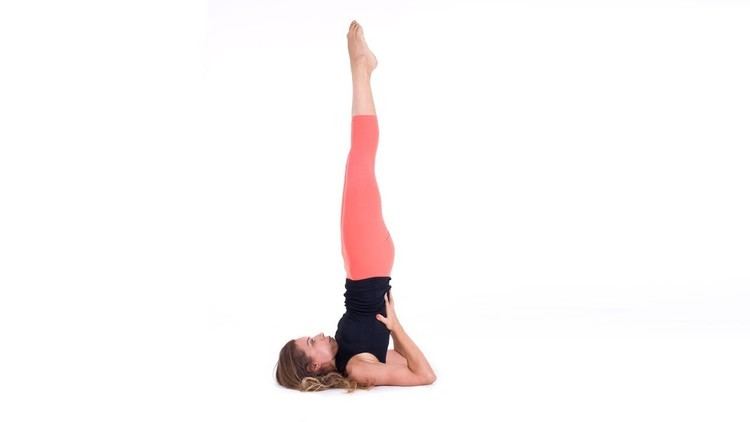
Variations include bringing the soles of the feet together such as in Baddha Konasana or letting the legs fall outward into a straddle.
